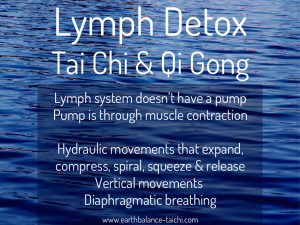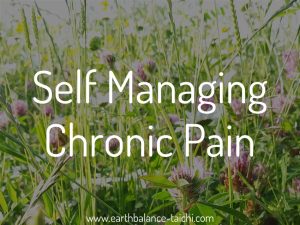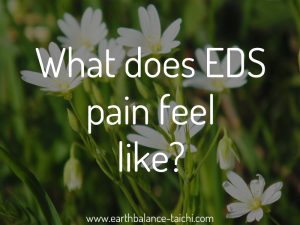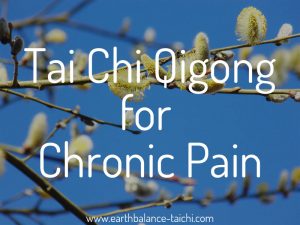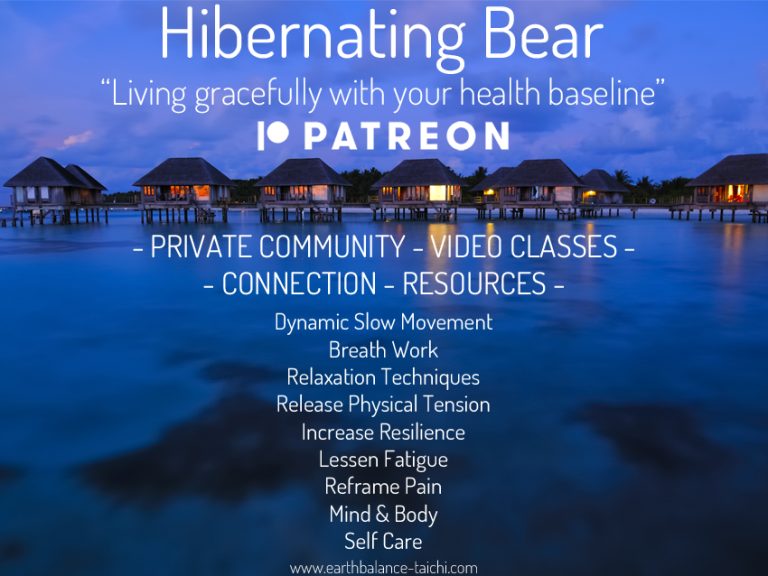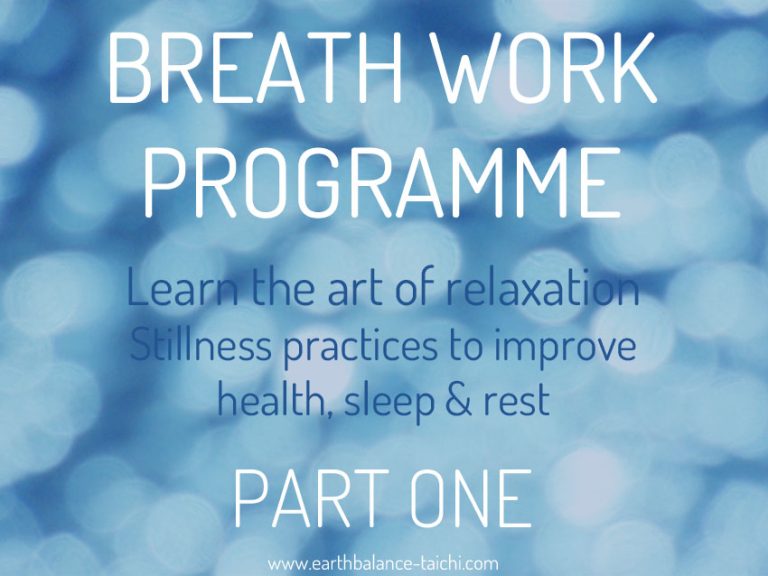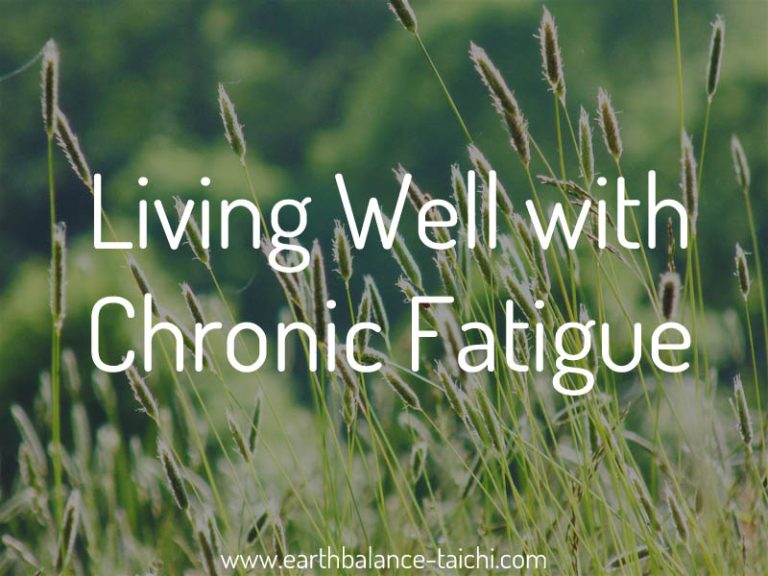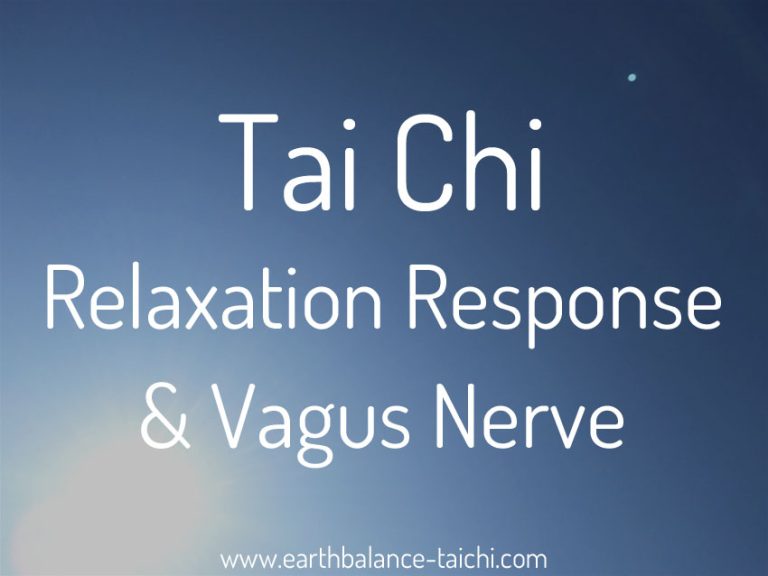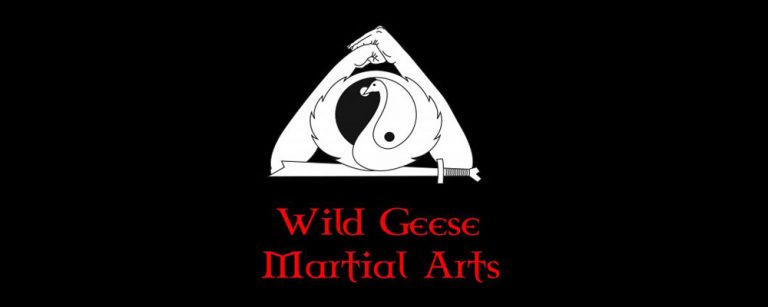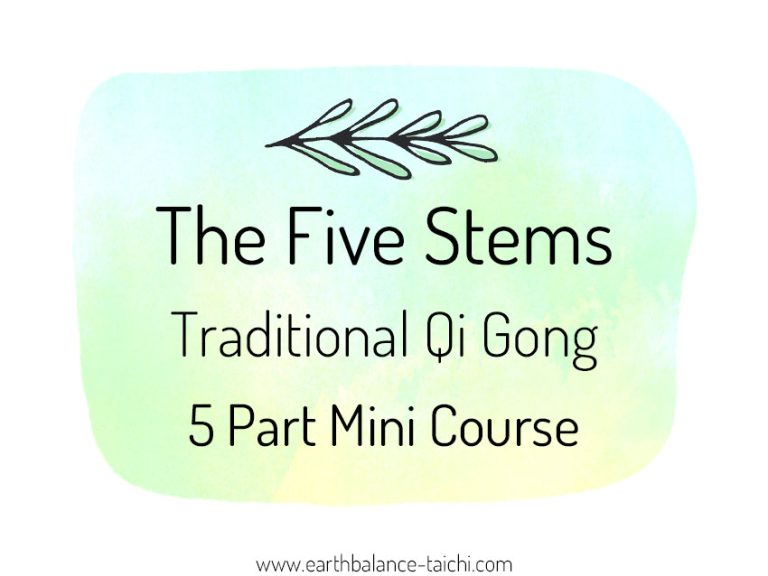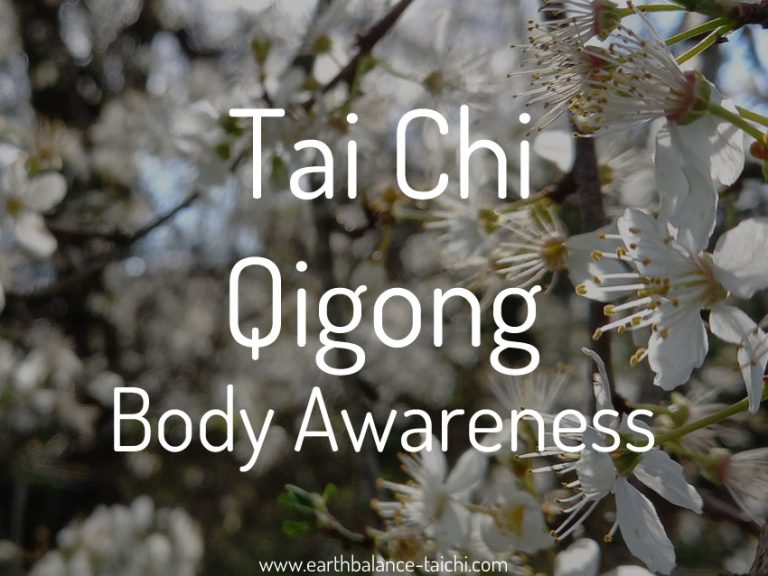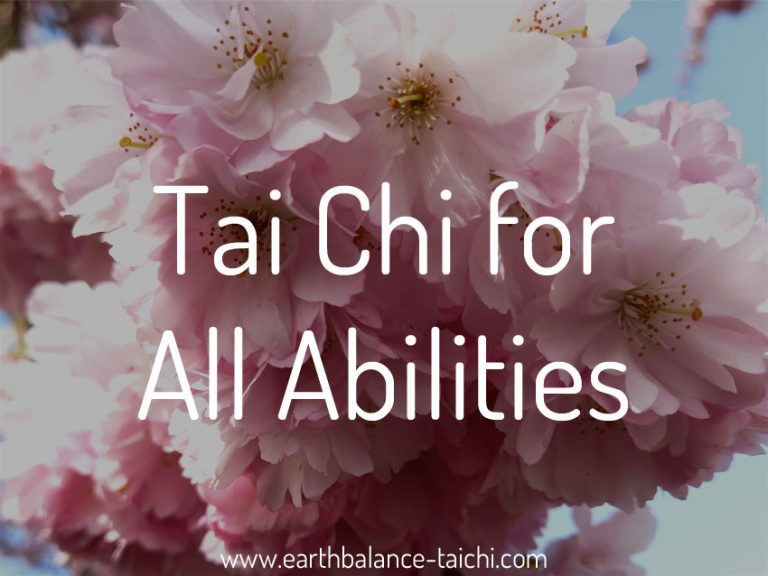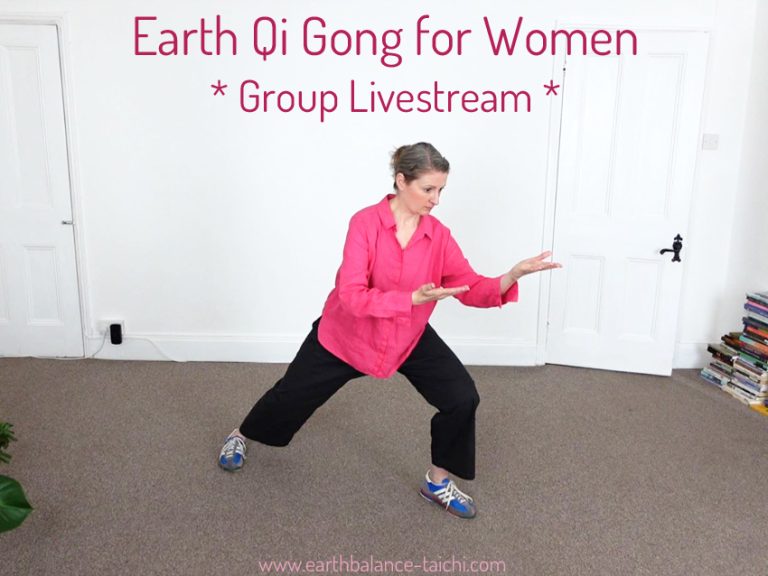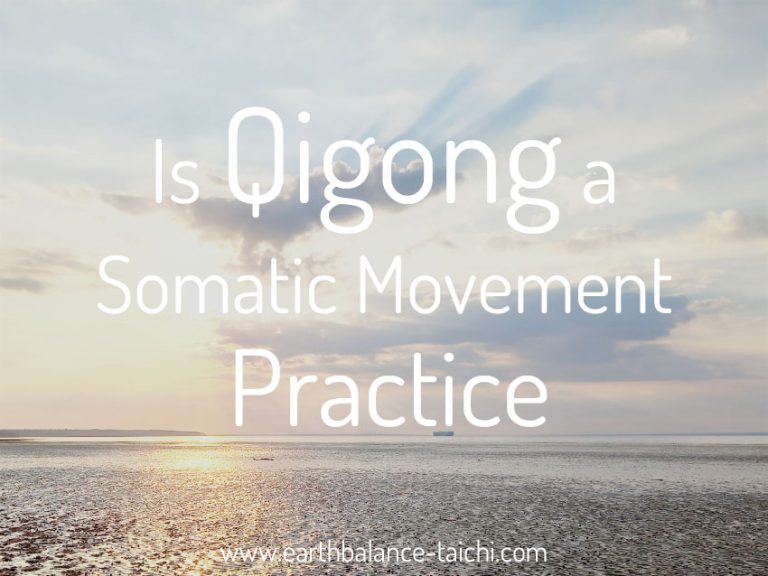Tai Chi for Arthritis

Tai Chi for Arthritis
Aiding Symptoms of Chronic Illness
For people living with arthritis, Tai Chi and Qigong can be a great way to keep moving without impact whilst exercising the body in a gentle yet powerful way. The symptoms of arthritis can be debilitating, which makes approaching any form of exercise difficult to manage. Read over my resources on why Tai Chi and Qigong can be so helpful for arthritis.
Symptoms of arthritis
- Joint pain: pain when still, pain when moving
- Joint stiffness
- Joint inflammation
- Warm or hot skin over the joints
- Reduced range of motion, restricted movement, limited mobility
- Weakened muscles, atrophied muscles and muscle wasting
- Chronic fatigue, constantly tired and feeling run down
- Impact on mental health: low mood, irritability, frustration, anxiety, depression
- Side effects of medication
- World gets smaller
- May be unable to do the things you love e.g. walking, sewing, dancing
Why are Tai Chi and Qigong different?
No impact
The majority of Tai Chi and Qigong movements do not have impact, which is essential when living with chronic joint problems. Impact sports like running or aerobics classes may set off pain and inflammation. Tai Chi and Qigong are gentle on the joints, as the forms and routines are performed like a ball rolls across a floor, with no awkward, hard or sharp movements. Any stepping or walking motion is done with complete awareness of posture and softness in the feet and leg, as if trying to step without a sound.
Joint health
Tai Chi and Qi Gong help keep the joints nourished and lubricated. Joints need synovial fluid, a lubricant that is released into the joint when the joint is opened and closed with exercise. Without exercise the joints can become dry and inflexible. Tai Chi and Qigong movements are often described as hydraulics, whereby each joint in the body is gently expanded and compressed, and also spiralled and rotated. This helps to release synovial fluid and also expels waste and draws nutrients into the joints.
Connective tissue health
The internal strength of the Tai Chi and Qigong coiling and spiralling movements help the ligaments, tendons, fascia and muscles stay resilient, fluid and strong. With no hyper extensions or over compressions in the limbs and torso, the posture moves in an aligned and appropriate way. This means the connective tissue does not become irritated or stressed from over exertion, e.g. yoga like stretches. Instead, the connective tissue is encouraged through gentler movement to become more elastic and resilient, so that it can rebound.
Muscle strength and conditioning
Tai Chi and Qigong also work to strengthen the muscles around the joints e.g. knees, which helps to stabilise the joints and support the whole structure. As the focus is on good posture and alignment, the muscles also grow strong in an aligned way as well as growing stronger in a connected way through whole body integration, rather than growing the muscles in isolation like a bicep curl. It is not about how your muscles look when training Tai Chi and Qigong, it's about developing strength that helps support your body across daily routine.
Pain management
Pain management is a huge part of life when you live with a chronic condition. The gentle movements help to ease pain through appropriate exercise, releasing of happy brain chemicals and also help you reframe the pain response. You learn what is a good pain and what is a bad pain when exercising, and develop body awareness skills. Slow and repetitive movements help to settle and calm the central nervous system, which allow you to deeply relax the mind and body, by activating your body's automatic relaxation response (parasympathetic system).
Fatigue management
Chronic pain is exhausting, yet with your body systems starting to work better this can help lessen the effects of fatigue. Tai Chi and Qigong are know to help increase energy, which comes from the muscles relaxing and not hyper contracting all of the time. You learn to hold your body in a different way and this becomes part of your daily routine. Over time these practices help to reduce physical and mental tension, allowing both the mind and body to be at ease. Learning the skill of the absences of resistance, helps to not be in conflict with fatigue and pain. Avoiding the boom and bust cycle is another skill that Tai Chi and Qigong help develop, staying in the 60-80% range for your unique baseline on any given day.
Release mental tension & physical tension
Deep breathing exercises also help to oxygenate the blood and massage the organs, aiding all body systems to function better from the inside. If you suffer from chronic pain & chronic muscular contraction, it can be difficult to switch off the mind, relax the muscles and just 'be'. Tai Chi and Qigong are seen as meditation in motion, helping you bring focus to the present moment, rather than worrying about the future or thinking about the past.
Baseline training and learning to pace
What sets Tai Chi and Qigong apart from other exercises, is that students are encouraged to work with their individual health baselines with grace. We warm the body up slowly to movement, allowing for ebb and flow in physical health. It's not how hard can you train and push yourself, it's about responding to the needs of the physical body and treating it with respect, determination and kindness. We work to our own pace around 60-80% as a maximum to build a strong foundation over time for both mind and body health.
- Further resources on Tai Chi and Qigong for health
- Natural News reported the findings of the study here: "Tai Chi relieves pain and improves overall health"
- "Comparative efficacy of exercise therapy and oral non-steroidal anti-inflammatory drugs and paracetamol for knee or hip osteoarthritis: a network meta-analysis of randomised controlled trials." Exercise is shown to be as effective as non-steroidal anti-inflammatory drugs and Paracetamol. Tai Chi and Qigong mentioned as part of an exercise programme including aerobic, flexibility and mobility, and strength training. Conclusion "Exercise is effective for pain and function". https://bjsm.bmj.com/content/early/2023/01/02/bjsports-2022-105898
** Please speak with your doctor prior to starting a new exercise programme. This article is for information purposes only and must not be taken as medical advice. **

